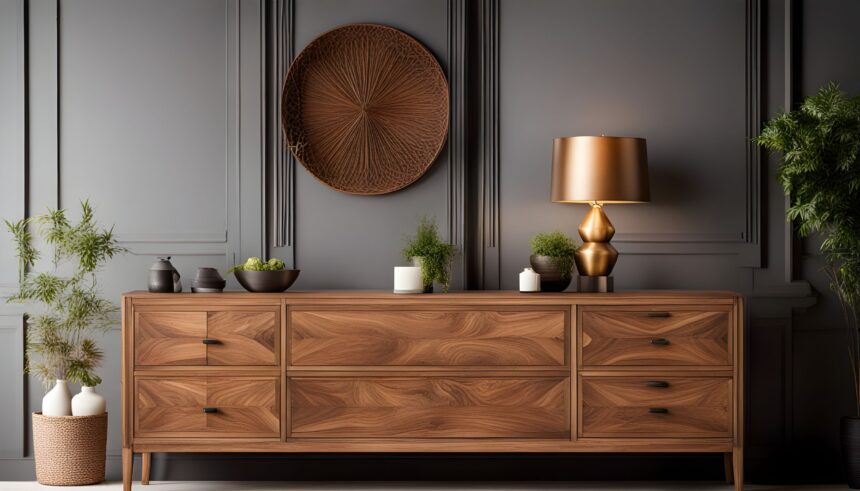When it comes to home decor, the furniture you choose plays a significant role in shaping the atmosphere and style of your living space. If you have wooden furniture that’s looking a bit tired or outdated, don’t rush to replace it just yet. With some creativity and a few cans of paint, you can transform your wooden furniture into stunning pieces that breathe new life into your home. In this comprehensive guide, we’ll explore a plethora of wooden furniture painting ideas that will inspire you to get your creative juices flowing. Whether you’re a DIY enthusiast or a beginner looking to experiment, this article is your go-to resource for turning your furniture into statement pieces.
Preparation is Key
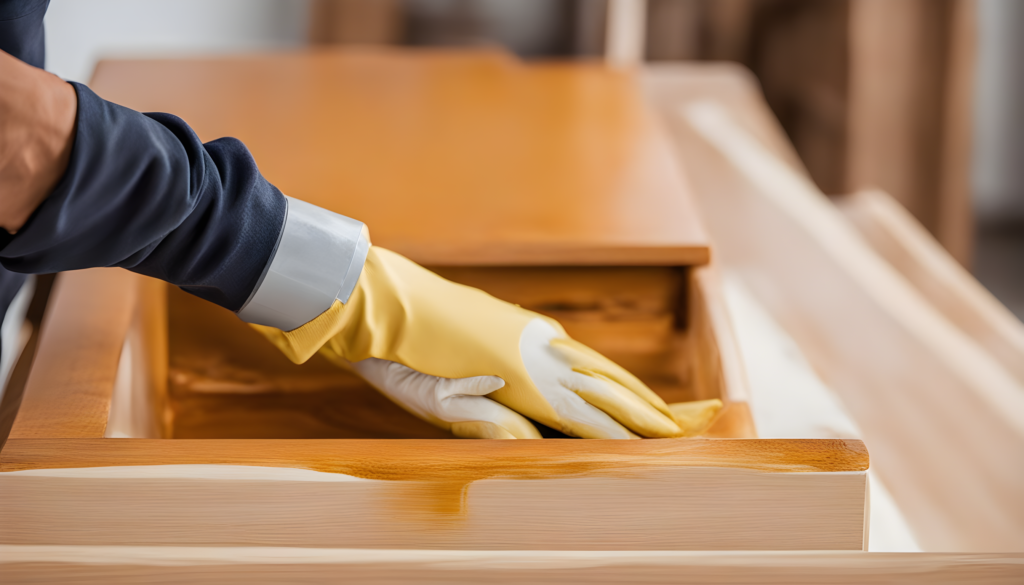
Before you embark on your wooden furniture painting journey, it’s essential to prepare your piece properly. Here are the key steps:
a. Cleaning: Start by cleaning the furniture to remove dust, dirt, and any grease or grime that might affect the paint’s adhesion.
b. Sanding: Depending on the existing finish, you may need to sand the furniture to create a smooth surface for the paint to adhere to.
c. Filling and Repair: If your furniture has dents, scratches, or holes, make necessary repairs using wood filler and sand it down for a seamless look.
d. Primer: Apply a suitable primer to ensure the paint adheres better and achieves a uniform finish.
e. Choosing the Right Location: Work in a well-ventilated area, and protect your surroundings with drop cloths or plastic sheets.
Choosing the Right Paint
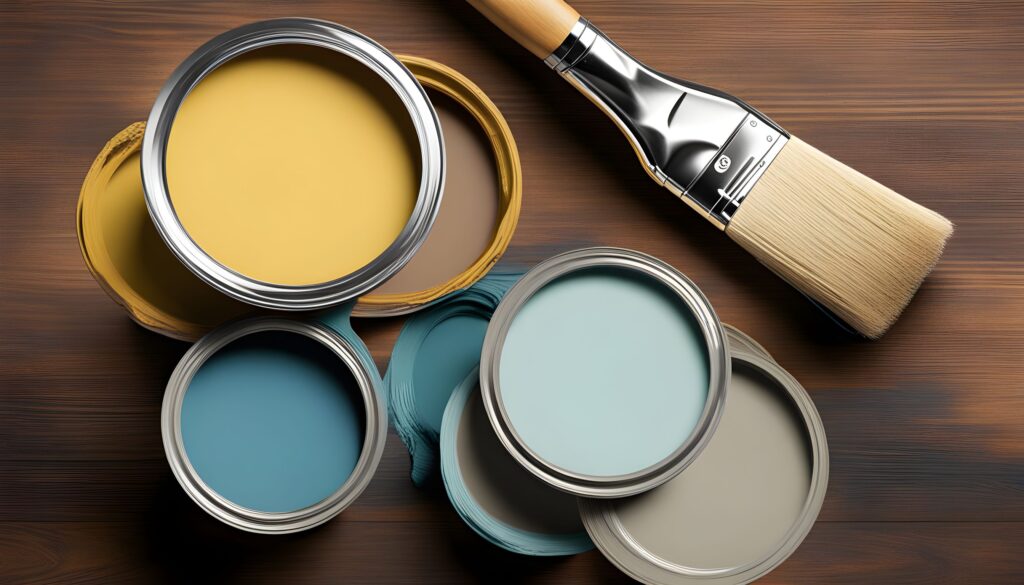
Selecting the right paint is crucial to achieving the desired look for your wooden furniture. Here are some options to consider:
a. Latex Paint: Latex paint is a popular choice due to its ease of use, quick drying time, and low toxicity.
b. Chalk Paint: Chalk paint gives a matte, vintage finish and adheres well to wood surfaces.
c. Oil-Based Paint: This type of paint is durable and provides a smooth finish but requires longer drying time and good ventilation.
d. Milk Paint: Milk paint offers a distressed, antique look and is known for its natural, eco-friendly composition.
Wooden Furniture Painting Ideas that Unique Home Decor
1. Classic Single-Tone Painting
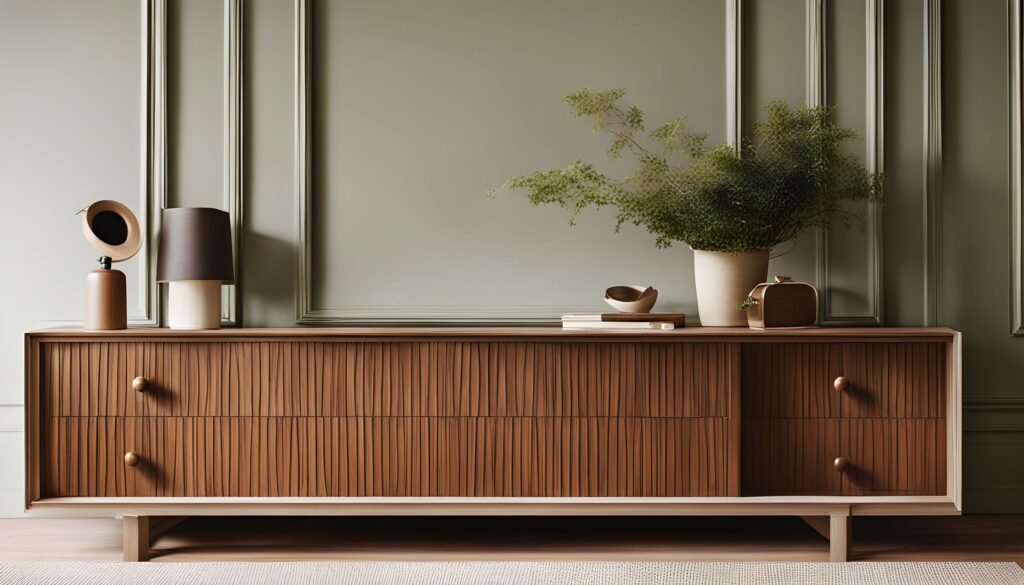
One of the simplest yet effective ways to revive wooden furniture is to give it a fresh coat of paint in a single color. This approach is timeless and works for any style, from traditional to contemporary. It’s an excellent choice for beginners and a great starting point for further experimentation.
2. Two-Tone Magic
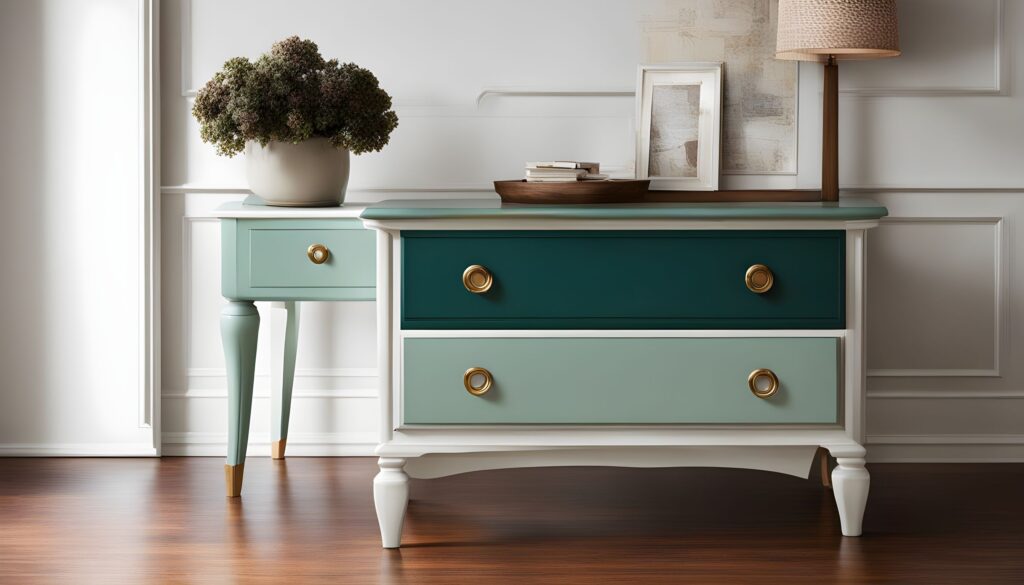
For a more dynamic look, consider painting different parts of your furniture in contrasting colors. You can paint the legs or drawers in a color that complements the main body of the furniture. This adds depth and visual interest, making your piece truly stand out.
3. Distressed Finish for Rustic Charm
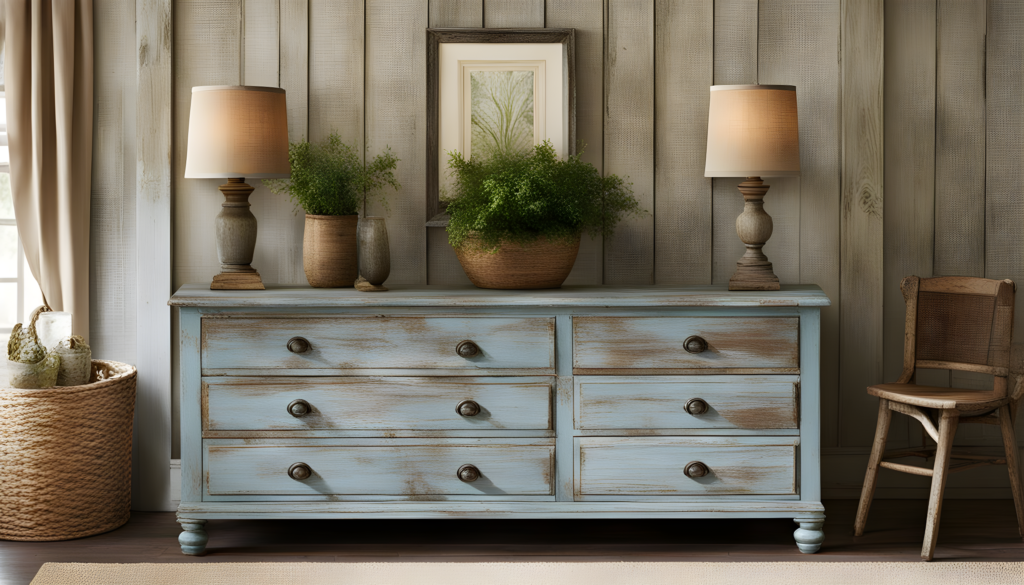
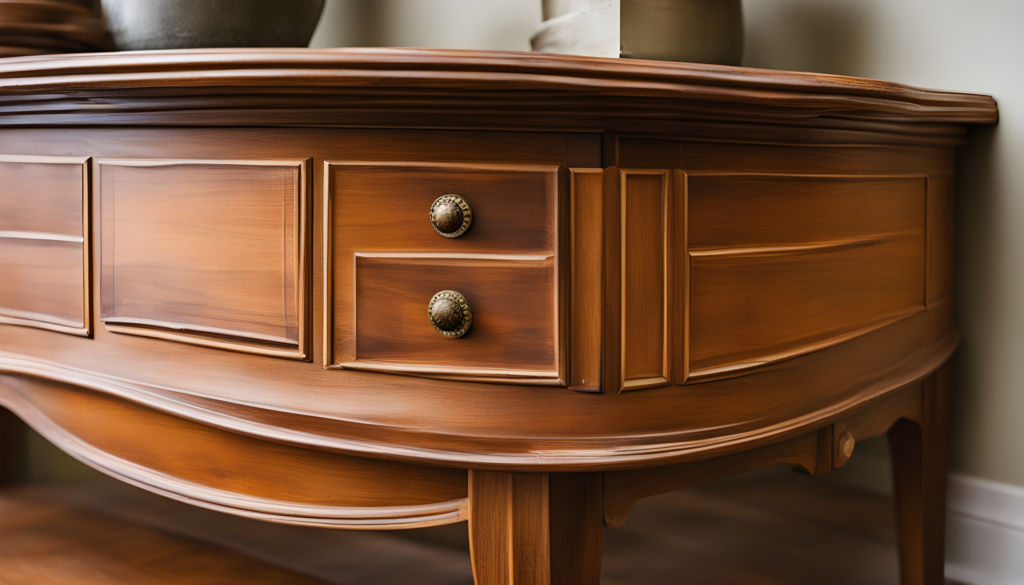
If you love the weathered and rustic look, consider distressing your wooden furniture. After painting, use sandpaper to wear away some of the paint strategically, focusing on areas that would naturally experience more wear and tear over time. This method gives your furniture character and a well-loved appearance.
4. Elegant Ombre Effect
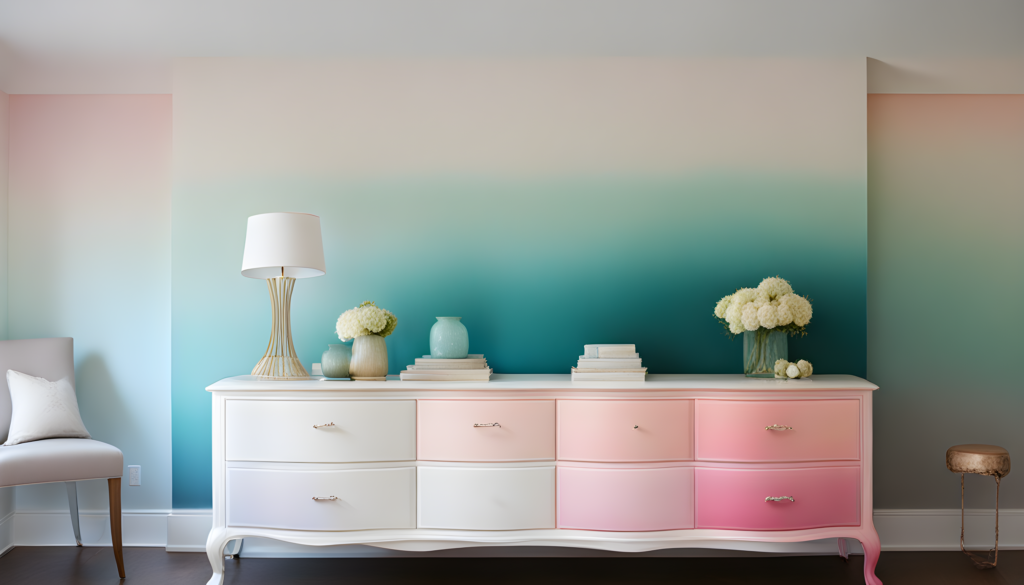
Ombre is a stylish painting technique that involves blending two or more colors to create a gradient effect. This works beautifully on dressers, cabinets, and side tables. You can use shades of the same color for a subtle ombre or choose contrasting colors for a bolder statement.
5. Whitewashing for a Beachy Vibe
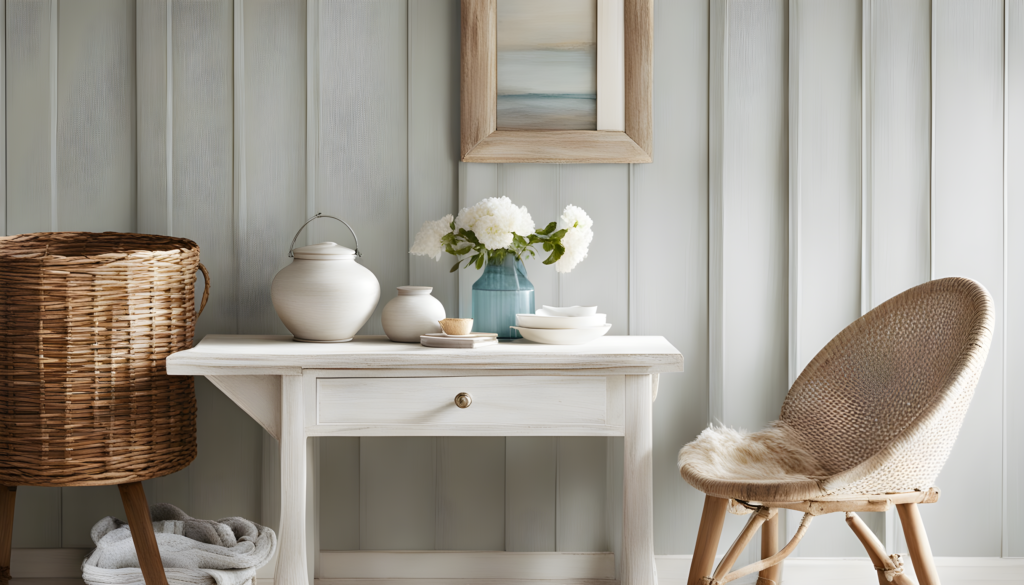
Whitewashing involves applying a thinned-down layer of white paint to create a faded, beachy effect. It’s perfect for achieving a coastal or shabby chic look. Use this technique to infuse a sense of lightness and airiness into your wooden furniture.
6. Chalk Paint Makeover
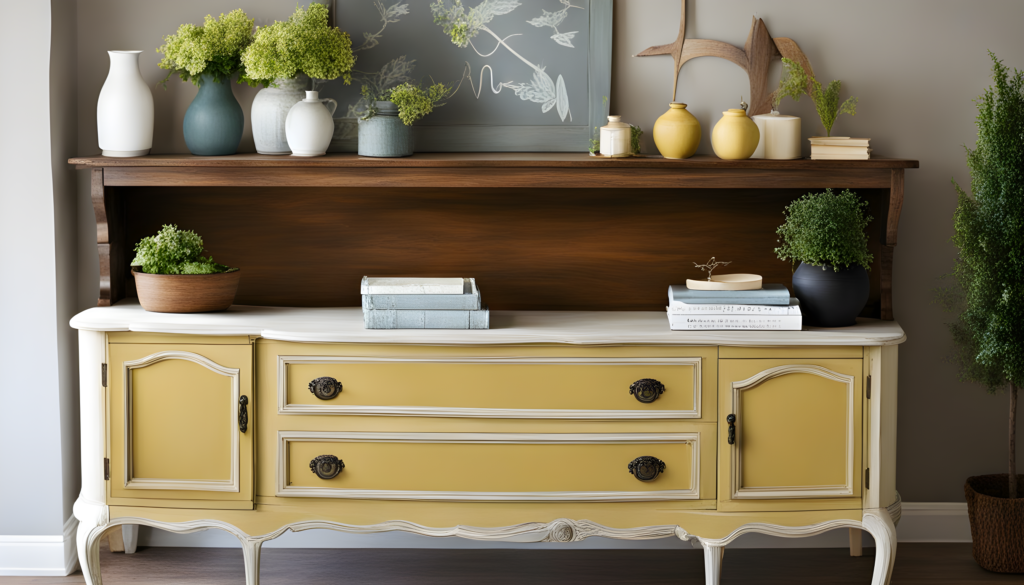
Chalk paint is a favorite among DIY enthusiasts. It has a matte finish and requires minimal surface preparation. It adheres well to wood and can be distressed easily, making it ideal for achieving a vintage or farmhouse look.
7. Stencils and Patterns

If you’re feeling artistic, stencils and patterns can add an extra dimension to your wooden furniture. You can create intricate designs or geometric patterns that suit your style. Stencils are readily available, and you can even make your own for a truly unique look.
8. Decoupage: The Art of Paper Collage
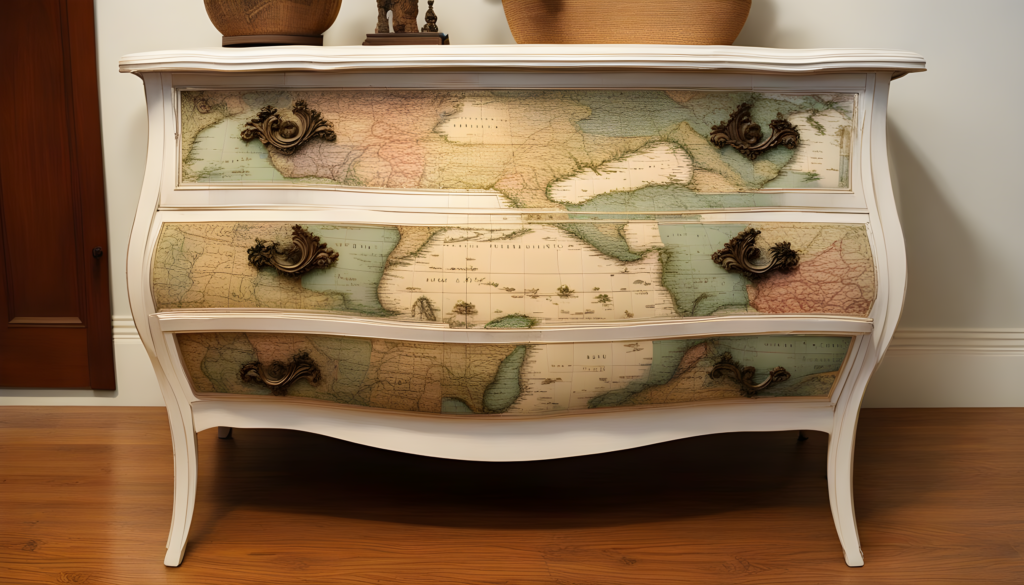
Decoupage involves adhering paper cutouts or fabric to the furniture surface and sealing them with a clear varnish. This technique allows for endless creativity and personalization. You can use vintage maps, botanical prints, or even personal photographs to make your furniture a conversation piece.
9. Spray Painting for Modern Minimalism
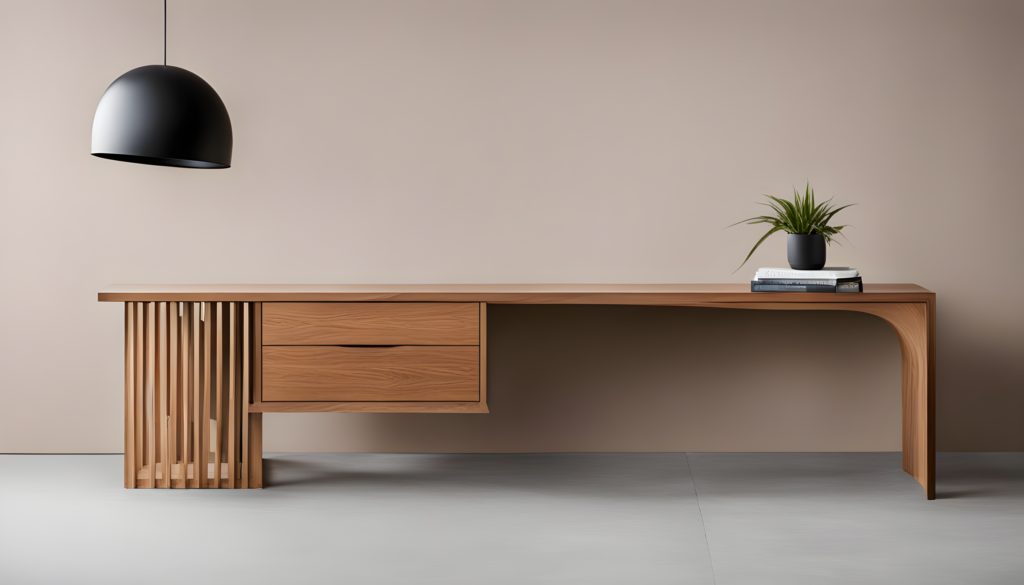
For a sleek, modern look, consider spray painting your wooden furniture. It provides a smooth, even finish and dries quickly. You can opt for matte, satin, or glossy finishes, depending on your preference.
10. Protecting and Maintaining Your Painted Furniture
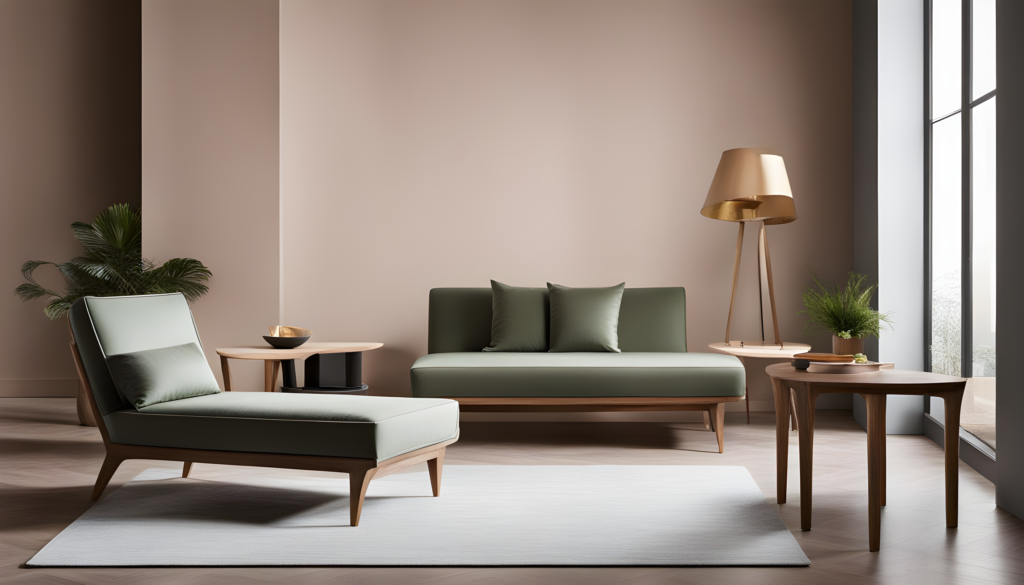
Once you’ve transformed your wooden furniture, it’s essential to protect your hard work. Apply a clear topcoat or sealant to safeguard the paint from scratches, moisture, and daily wear and tear. Regular dusting and gentle cleaning will help maintain the fresh appearance of your painted furniture.
Common Mistakes to Avoid
While painting wooden furniture can be a rewarding DIY project, there are some common mistakes to steer clear of:
a. Skipping Surface Preparation: Inadequate cleaning and sanding can lead to poor paint adhesion and an uneven finish.
b. Using the Wrong Paint: Using the wrong type of paint can result in poor durability and an unappealing finish.
c. Neglecting to Seal: Forgetting to apply a topcoat or sealant can leave your painted furniture vulnerable to damage.
d. Rushing the Project: Take your time and allow for proper drying between coats for the best results.
e. Overlooking Safety: Always work in a well-ventilated space and wear appropriate safety gear, especially when using oil-based paints.
FAQs – Your Wooden Furniture Painting Questions Answered
Q1. Can I paint over varnished wood?
Yes, but it’s essential to sand the varnish and apply a suitable primer to ensure the paint adheres properly.
Q2. What’s the best way to distress furniture?
To distress furniture, use sandpaper on edges, corners, and areas that would naturally wear over time. Experiment with different levels of pressure for the desired effect.
Q3. How can I prevent paint from chipping or peeling?
Proper surface preparation, including cleaning, sanding, and priming, is crucial to prevent chipping or peeling. Applying a topcoat or sealant also helps protect the paint.
Q4. Can I paint outdoor wooden furniture?
Yes, you can paint outdoor wooden furniture, but be sure to use paint specifically designed for exterior use and consider the weather conditions in your area.
In conclusion, painting wooden furniture is a fantastic way to breathe new life into your decor without breaking the bank. Whether you opt for classic single-tone painting, experiment with distressing, or get creative with stencils and patterns, the possibilities are endless. Just remember to take your time, prepare your surfaces properly, and choose the right paint for the job. With these wooden furniture painting ideas, your home decor will be transformed into a reflection of your style and creativity. Happy painting!







